Golden sands, crystalline waters and rose-tinted sunsets – Italy’s beaches are rightly known as some of the best in the Mediterranean.
But if you arrive on most parts of the coast in August, you’ll find your path blocked by sea of umbrellas and beach chairs priced at anywhere between €10 and €50 a day.
If you want a free-to-access beach, you’ll usually have to walk some distance to a small patch of sand on the least attractive and accessible part of the shore; and in some parts of the country, the entire coastline is privatised.
READ ALSO: The Italian beaches you might want to avoid this summer
Italy’s private beaches aren’t actually privately owned – they’re leased by the state to private operators under a concessions system.
But with licenses handed down without question from one generation to the next and little available in the way of any alternatives, as far as the average holidaymaker is concerned, they may as well be.
How did Italy get to this point? And are things likely to ever change?
‘SOS free beaches’
Fewer than half of the beaches on Italy’s roughly 8,000km of coastline are free to access, the environmental association Legambiente estimates in its newly published 2022 annual beaches report.
A census conducted by the State Maritime Information System in 2021 (no data has been collected for 2022) found that there were 12,166 private beaches in Italy; a 12.5 percent increase on 2018.

In regions such as Emilia Romagna, Campania and Liguria, approximately 70 percent of the beaches are privately run. In popular beach towns such as Riccione in the northeast, that figure rises as high as 90 percent; in nearby Gatteo, it’s 100.
“SOS free beaches”: the situation is an emergency, says Legambiente, whose members, along with those of the Mare Libero (‘Free Sea’) national campaigning network, have called on the Italian government to commit to making at least 60 percent of Italy’s beaches free to the public.
“The lungomare (‘seafront’) has almost everywhere become a lungomuro (‘long wall’), physical or metaphorical; a kilometre-long wall, which imprisons the sea and the beaches, takes them away from the territory, from the citizens, and hands them over to the interests and exploitation of a few,” argues Mare Libero in its manifesto.
The coastline should be returned to the community, the organisation insists: the beach “must be made available to anyone who wants to enjoy it, regardless of their economic or social status, regardless of their origin and culture.”
How did Italy get here?
Legambiente president Stefano Ciafani blames Italy’s out-of-control private lidos on the fact that the country has no limits on how much of its coastline can be privately controlled: “an all-Italian anomaly that needs to be remedied,” he sums up in an introduction to the association’s 2022 report.
Such a state of affairs would be “unthinkable” in nearby countries such as Spain, Greece or France, the report says, citing French laws that require 80 percent of beaches to be kept free of any man-made structures for six months out of the year.
MAP: Which regions of Italy have the most Blue Flag beaches?
So why is Italy the exception?
Seaside resorts have been around in Italy for at least a couple of centuries, and beach tourism was especially popular in the fascist era (Mussolini was a particular fan of the seaside).

But beach clubs really exploded in the country’s post-war economic boom, and for many they embody the ‘dolce vita‘ lifestyle that characterised 1960’s Italy – making them actively prized by some Italians, and at least tolerated by others.
A number of concessions that were first assigned to World War I veterans in the 1920s (originally to start fishing businesses) and World War II survivors in the 1940s, before the industry took off, have remained in the same family for generations.
READ ALSO: Ferragosto: Why the long August holidays are untouchable for Italians
In 1992 the government passed a law that awarded priority to existing concession-holders and automatically renewed the concessions every six years, making it all but impossible for new entrants to get in on the scene.
This history has instilled in many lido operators the mindset that the beach does, in fact, belong to their family and not the state – even if these days many are subcontracted out to third party operators for vast sums, far from being small family-run businesses.
Operators insist that beachgoers prefer private clubs to the alternative of unfolding a towel on the spiagge libere.
“People who come to the beach want to relax, they want the services and assistance that only establishments can offer,” Ruggero Barbadoro, president of the Rome Beach Club Federation and operator of the ‘Venenzia’ club in Ostia told the Corriere della Sera news daily in August.
As the number of concessions granted has only expanded in recent decades, however – “in the last twenty years continuing at such a pace that in many towns it is now impossible to find a spot where you can freely lie down and sunbathe,” says Legambiente – there’s a general feeling that the situation has got out of hand.
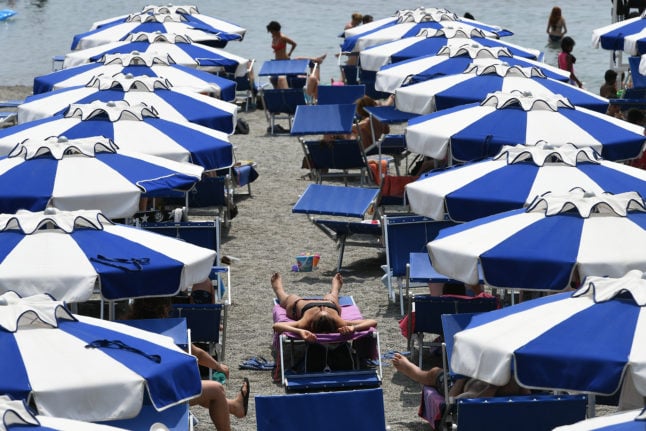
In the early 2010’s lower wage earners hit by the recession complained they had been priced out of their area, as various Italian and foreign outlets reported a ‘class war’ on Italy’s beaches.
Under Italian law, the 5m stretch of beach directly in front of the sea is always free to the public, and clubs are legally required to display signs outside their premises indicating public access routes.
But many clubs simply ignore these rules, chasing away and threatening people who try to walk through their establishments without paying.
This led to a heated altercation in June when two Mare Libero activists challenged a club manager who had hidden his sign and refused to grant them entry. The encounter became so heated that police ultimately had to intervene.
“It’s an arrogance that stems from a certainty of impunity,” Danilo Ruggiero, one of the campaigners, told the Guardian.
The situation might, finally, be about to change: a new law approved by the Italian senate at the start of August is set to bring Italy in line with EU competition rules, requiring all beach concessions to be put up for public tender by 2024 at the latest.
READ ALSO: Italy’s private beaches to face public tender in tax fraud crackdown
More importantly, for those longing for free beaches, the law states that half of the beaches in each municipality must be free to access – having the potential to revolutionise seaside towns which are now under majority private control.
Whether the measure will actually be implemented by whichever government comes to power following Italy’s general election in September, however, is another question.

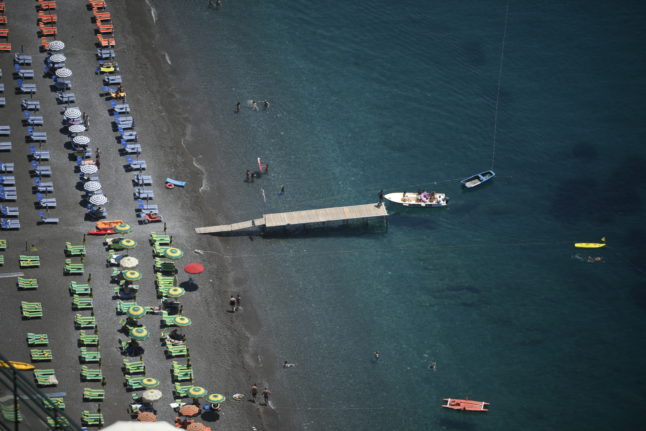

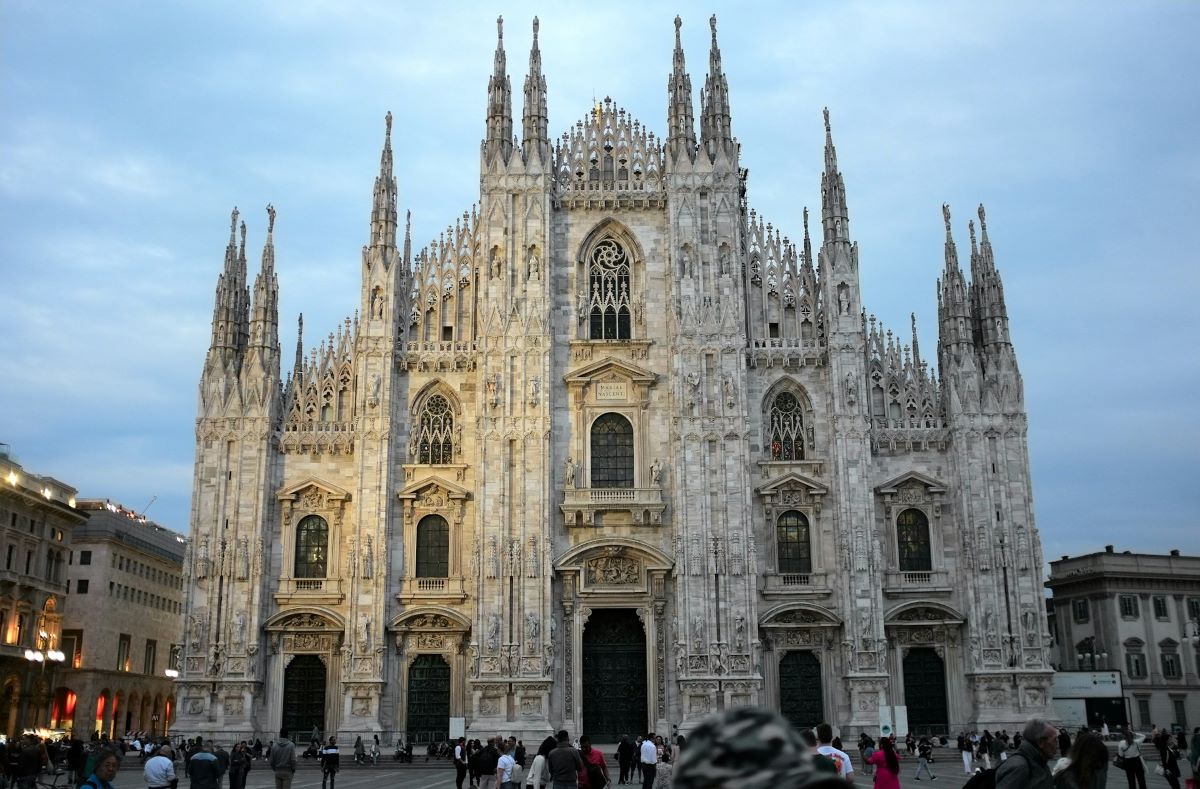
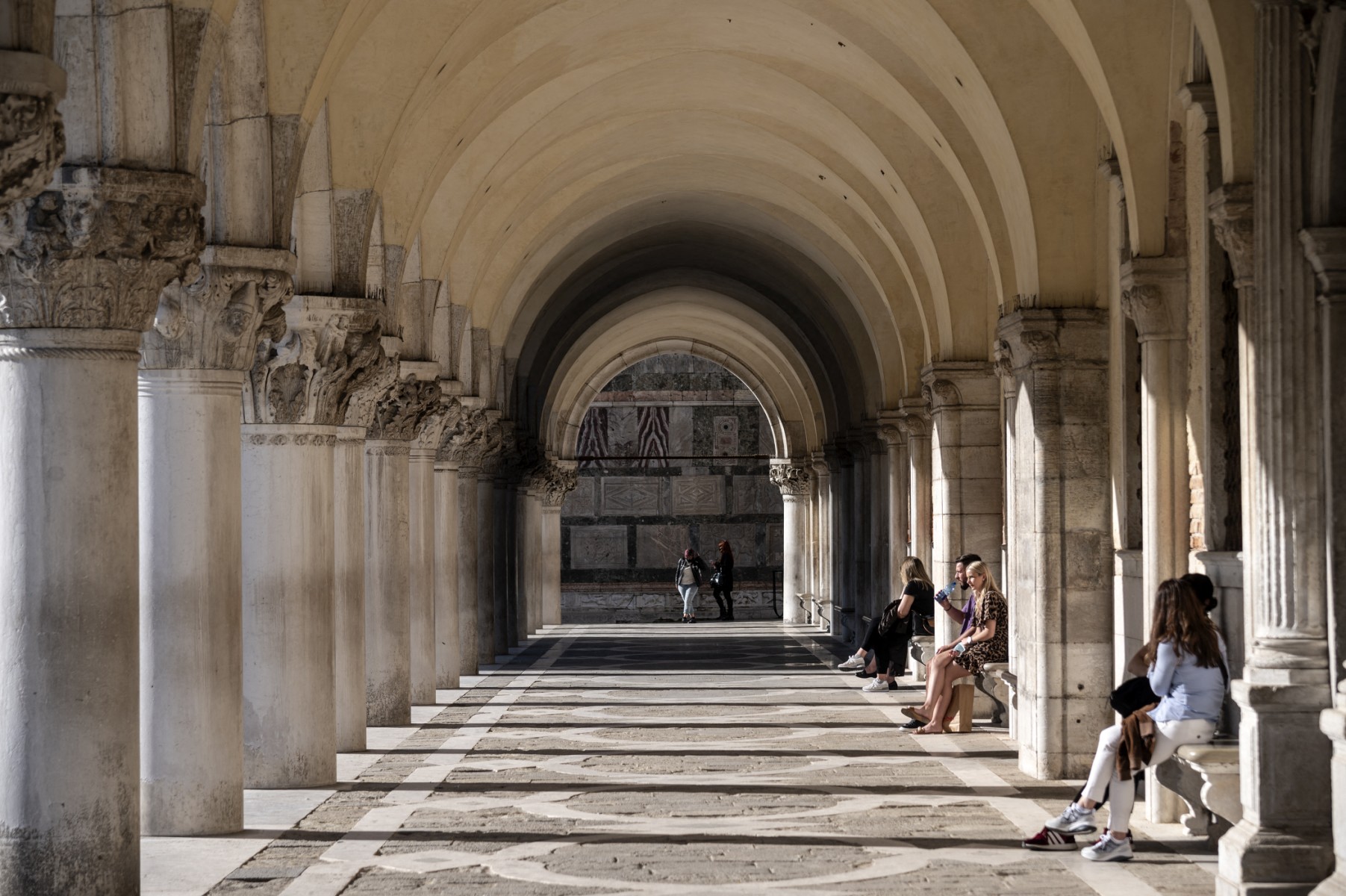
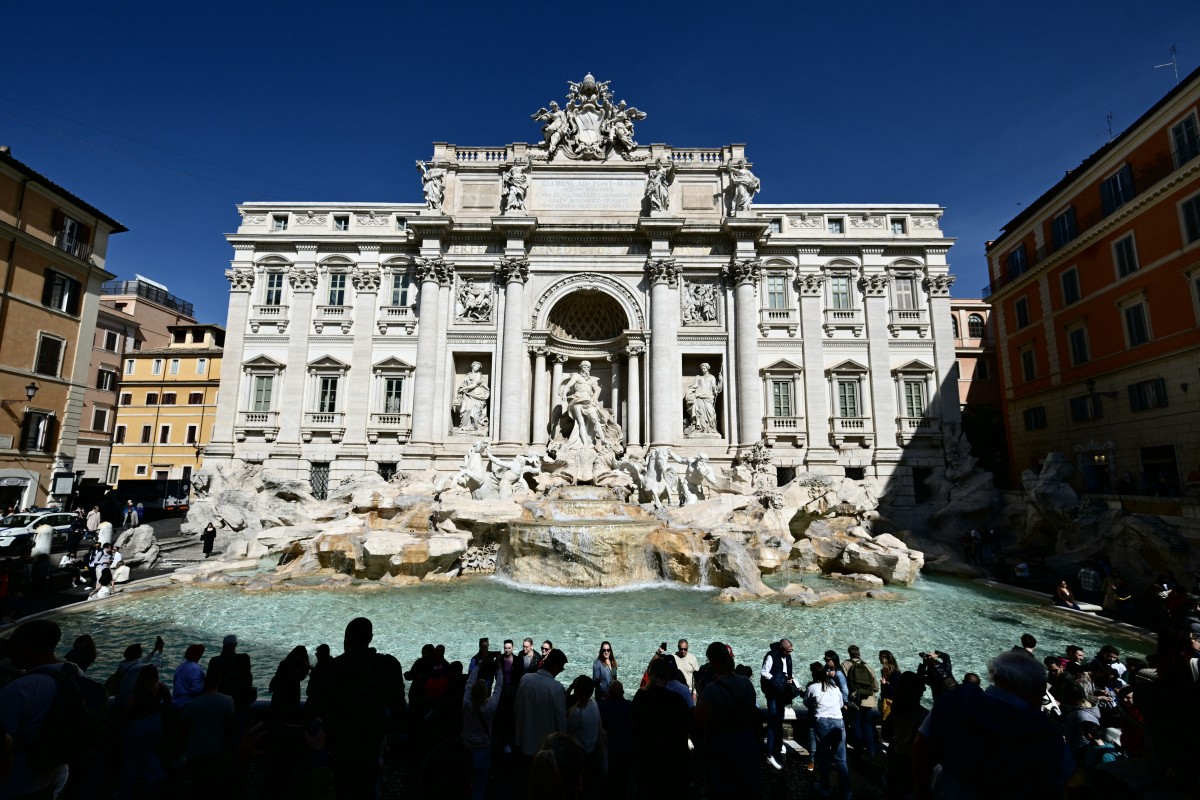
 Please whitelist us to continue reading.
Please whitelist us to continue reading.
Why are so many Italian beaches privatised? Sum it up in one word – GREED.